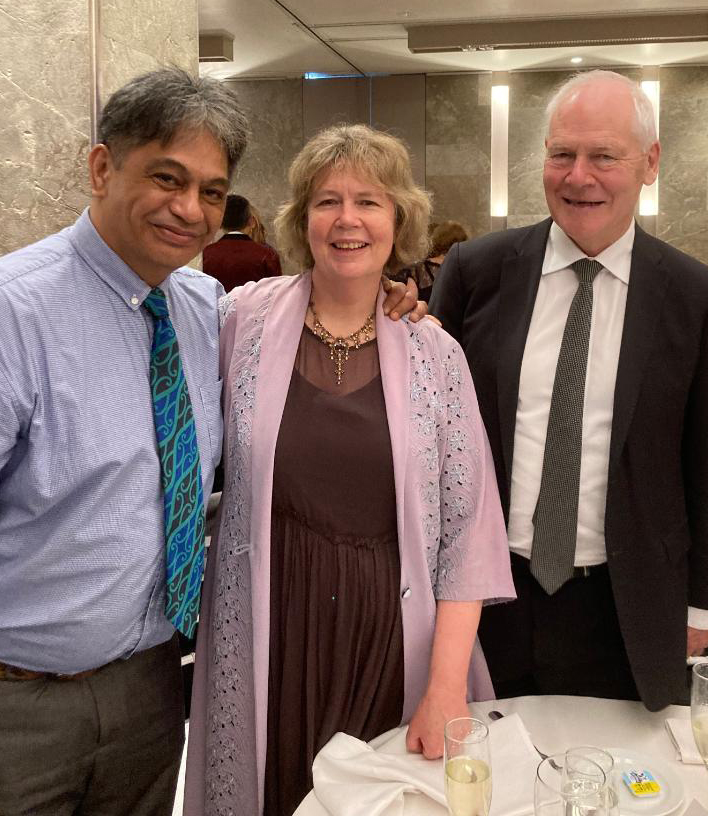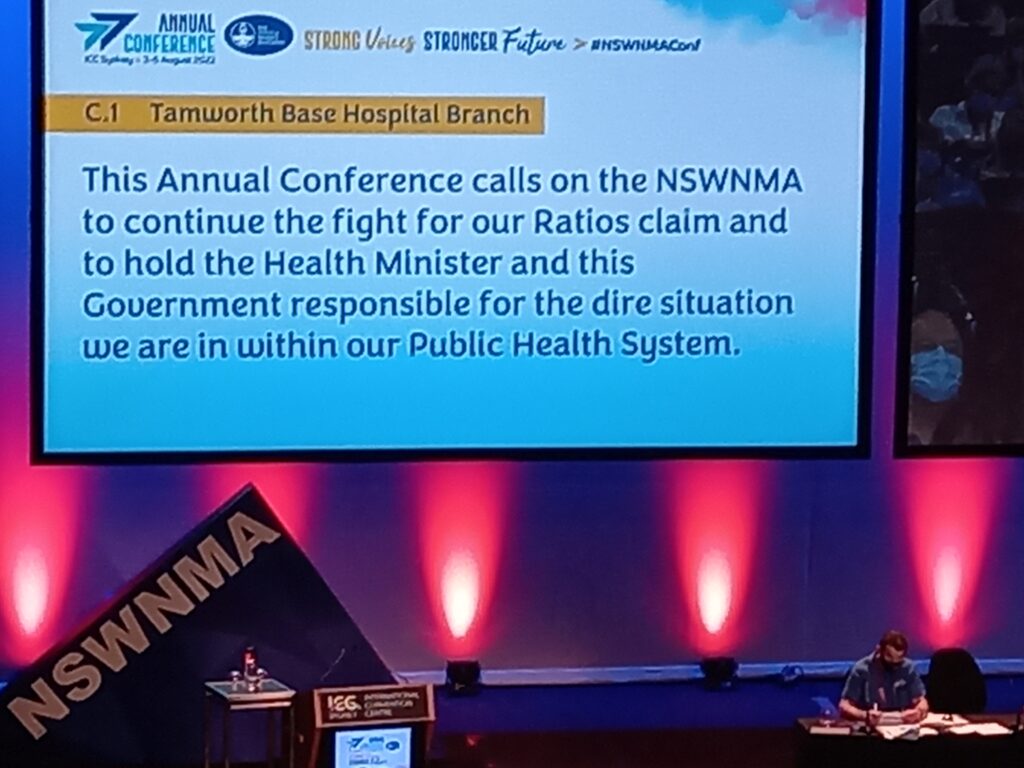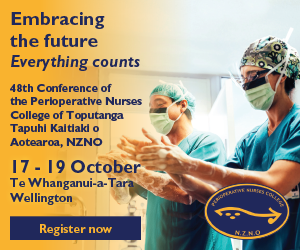
When the New South Wales Nurses and Midwives’ Association (NSWNMA) invited NZNO chief executive Paul Goulter, kaiwhakahaere Kerri Nuku and myself to their annual conference in early August, I wondered what we would gain from the trip. (NZNO kaumātua Keelan Ransfield represented Kerri at the conference as she could not attend.)
The strength of the NSW nurses and midwives’ voices was already evident on TV, radio and newspapers in both Australia and New Zealand. Why would they need it to be stronger? The individual stories from nurses “stepping up and speaking up” at the conference resonated loudly and made it clear why such campaigns are needed.
The main thrust of the conference was safety in practice, with a particular focus on fighting the NSW government to adopt nurse-patient ratio legislation to safeguard nurses and patients in public, primary and private care/aged care.
Panel debates COVID-19
Inadequate staffing and problems with personal protective equipment (PPE) and infection control were the main issues that arose in a panel discussion on COVID-19 at the NSWNMA conference, NZNO kaumātua Keelan Ransfield reports.
He said the panel, which consisted of Australian, Canadian and United States nursing leaders, shared experiences and analysis and discussed opportunities related to the pandemic.
Questions they debated included what their concerns were during the initial outbreak, and what they thought were the greatest challenges COVID posed for the provision of equitable health care.
“The conversations were amazing, as was the feedback from attendees, and the panel were very passionate in their responses,” Ransfield said.
The issues of recruitment and retention of nurses arose repeatedly during the conference. Current NSW government policy was criticised, and compared to the way the Queensland government supported nurses, eg with a recent cost-of-living payment to Queensland nurses over and above their pay.
The conference kicked off with acknowledgement of the indigenous peoples and their ownership of the land, and speakers throughout the conference emphasised the need to honour inherent indigenous rights. How this is borne out in action within the processes of the union was a question I left with and need to follow up on.
Straight after the formal opening, nurses began “stepping up and speaking up”, about their work experiences. One nurse described losing a patient whose AAA (abdominal aortic aneurysm) ruptured while being transferred to a helicopter pad that was an hour from the hospital. This lead to the nurse asking and getting help from the community to fund-raise for and build a helicopter pad in the local rural hospital grounds.
Another nurse working in aged care watched as her colleagues started resigning during COVID, in distress at not being able to do the job to the standards they expected of themselves. That nurse stood up and asked until she found the right person and groups to help her get the funding to recruit enough nurses to make her facility and her aged-care residents safe.
The challenges faced by nurses everywhere were outlined by health workforce expert and visiting professor James Buchan, who opened the conference with an update of the “Sustain and Retain in 2022 and Beyond” paper he co-wrote for the International Council of Nurses. He outlined factors contributing to shortages of nurses, midwives, and health-care assistants — shortages which were real, well before the COVID-19 pandemic.
The issues of recruitment and retention, safe staffing, health and safety, and the disconnect between nurses’ unions, government and employers were repeated at the conference in different ways by different speakers, from different parts of the health sector.
Amongst all of this, individuals and nurse collectives have “stood up and spoken up” to make a difference. Why? If we don’t speak up for ourselves, no-one will do it for us. One speaker reminded delegates that “we are leaders amongst equals”. For me, every one of our NZNO members is a potential leader, particularly when injustice and the ensuing anger drive an individual to rally their colleagues and their communities to “stand up and speak up”.
It quickly became clear to me that the infrastructure and way of working in the NSWNMA was quite different from our union. The first eye-opener was the large hardship fund the NSW union has. Parcels of up to $5000 were given to applicants experiencing hardship from recent floods and fires.
The main thrust of the conference was safety in practice, with a particular focus on fighting the NSW government to adopt nurse-patient ratio legislation.
I asked NSWNMA general secretary Brett Holmes how they were able to develop such a fund and was told that it came from the membership fee structure. Annual fees are based on 0.95 per cent of a step 4 RN salary (they have eight steps), with lower fees for enrolled nurses and health-care assistants. Union fees are also tax-deductible under NSW government legislation.
Applying the same formula for our union fees would equate to $678.79 annually, which is higher than we currently pay to NZNO ($587.76 per annum for RN/NP/midwife and other health professionals). This fee structure has put them in a strong financial position. One outcome of this approach is that the better nurses are paid, the better off the union is financially to do the work needed for members.
It was also interesting to see how NSWNMA policies were written and reviewed. This was the responsibility of the regional councils. Professional nurse advisors drafted up policies requested by the various councils, then sent them back to the councils for discussion and refinement to ensure that the policies take into account the realities of practice. Then the drafts are distributed to all councils to review and develop any questions or challenges. These are brought to the AGM where the whole assembly could put forward their questions or challenges. Then the policy is voted on. In this way, all delegates and by default, members, are engaged in the process.
It was clear to me that the issues being experienced by our cousins in Australia are very similar to ours. Conversations with the Canadian and Californian nurse presidents, who also attended the conference, confirmed these as worldwide problems.
We are all in this together. And together, nationally and internationally, we must Maranga Mai! – Rise Up to create the change we all want to see for nurses and the nursing profession.




